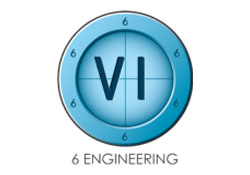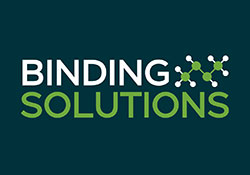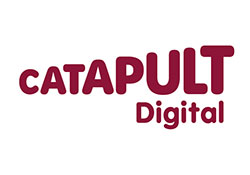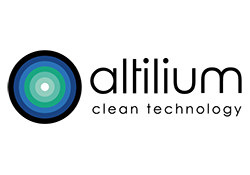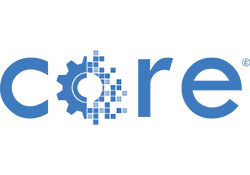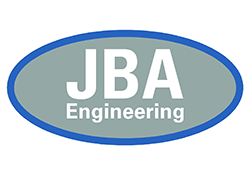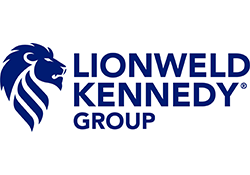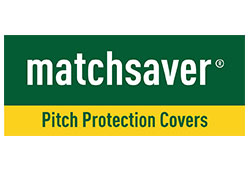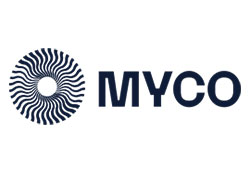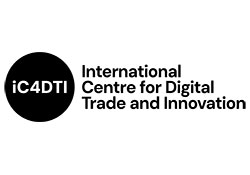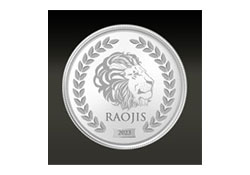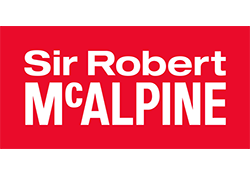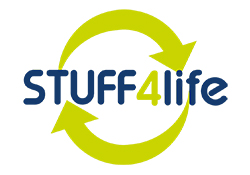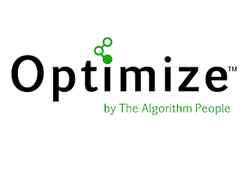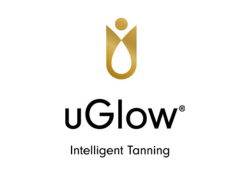Boosting sustainability, reliability and efficiency of perovskite PV through novel materials and process engineering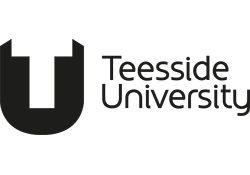
Research and innovation

As the world accelerates toward net-zero targets, solar energy is playing a critical role in reshaping global power systems. However, the dominant silicon-based photovoltaic (PV) technology faces challenges in cost, efficiency and sustainability. The SUNREY project is driving innovation in perovskite solar cells - an emerging technology with the potential to outperform silicon PV on multiple fronts. By addressing key barriers such as stability, toxicity and scalability, SUNREY is laying the foundation for a new generation of high-performance, low-impact solar energy solutions.
Challenge
While solar energy is essential to achieving global net-zero goals, current silicon-based photovoltaic (Si-PV) technologies have limitations, including high manufacturing costs and environmental impact. Perovskite photovoltaics (PV) offer a promising alternative, with the potential for higher efficiency, lower production costs and greater application versatility. However, widespread adoption is hindered by issues such as poor stability, short device lifetimes and the presence of toxic lead (Pb) in the most efficient perovskite materials. Figure 1 shows a schematic of perovskite solar cell (PSC) with the ingress of external disturbances which SUNREY Project seeks to address.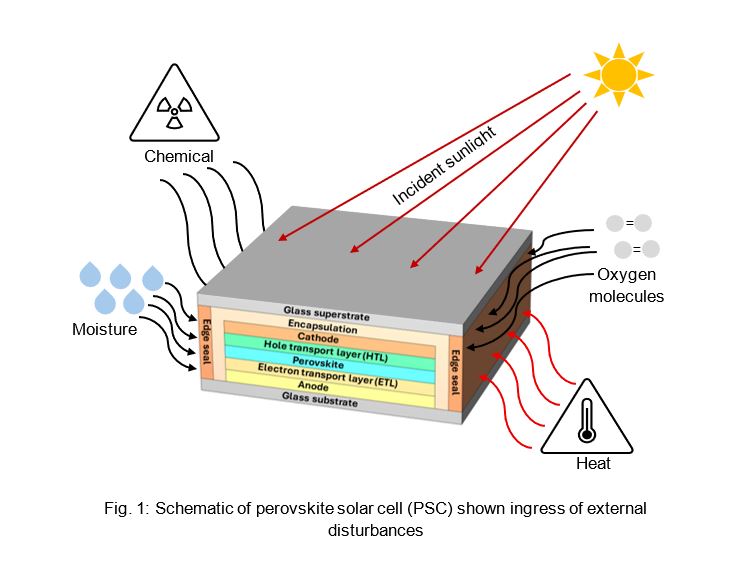
Solution
The SUNREY project is addressing these challenges by tackling the root causes of perovskite PV limitations. Researchers are developing innovative approaches to improve the stability and performance of both lead-based and lead-free perovskite materials. This includes new charge transport layers, advanced encapsulation and edge seal materials, and low-cost deposition methods tailored to various device configurations. The project also incorporates lifecycle analysis, sustainability modelling and realistic testing to validate these solutions up to Technology Readiness Level 5 (TRL5).
Impact
SUNREY aims to deliver a breakthrough perovskite solar cell with 25% efficiency (lead-based) and 15% efficiency (lead-free), alongside a long operational lifetime of 25 years. The project is expected to dramatically reduce emissions and production costs compared to current Si PV technologies. Specific anticipated outcomes include:
• 96% reduction in lead use
• 97% reduction in energy payback time (EPBT)
• 71% reduction in greenhouse gas emissions.
Increased potential for commercialisation and deployment in sectors such as utility-scale solar, IoT devices, MicroPower, BIPV and BAPV.
